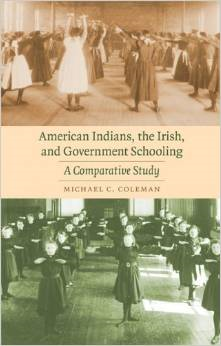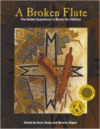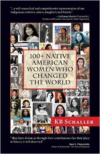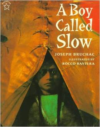Description
For centuries American Indians and the Irish experienced assaults by powerful| expanding states| along with massive land loss and population collapse. In the early nineteenth century the U.S. government| acting through the Bureau of Indian Affairs (BIA)| began a systematic campaign to assimilate Indians. Initially dependent on Christian missionary societies| the BIA later built and ran its own day schools and boarding schools for Indian children. At the same time| the British government established a nationwide elementary school system in Ireland| overseen by the commissioners of national education| to assimilate the Irish. By the 1920s| as these campaigns of cultural transformation were ending| roughly similar proportions of Indian and Irish children attended state-regulated schools. In the first full comparison of American and British government attempts to assimilate “problem peoples” through mass elementary education| Michael C. Coleman presents a complex and fascinating portrait of imperialism at work in the two nations. Drawing on autobiographies| government records| elementary school curricula| and other historical documents| as well as photographs and maps| Coleman conveys a rich personal sense of what it was like to have been a pupil at a school where one’s language was not spoken and one’s local culture almost erased. In absolute terms the campaigns failed| yet the schools deeply changed Indian and Irish peoples in ways unpredictable both to them and to their educators. Meticulously researched and engaging| American Indians| the Irish| and Government Schooling sets the agenda for a new era of comparative analyses in global indigenous studies. Michael C. Coleman is a senior lecturer in the English section of the Department of Languages at the University of Jyvaskyla| Finland. He is the author of American Indian Children at School| 1850-1920 and Presbyterian Missionary Attitudes toward American Indians| 1837-1893.






Reviews
There are no reviews yet.